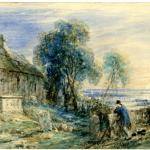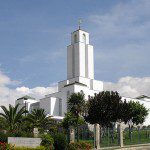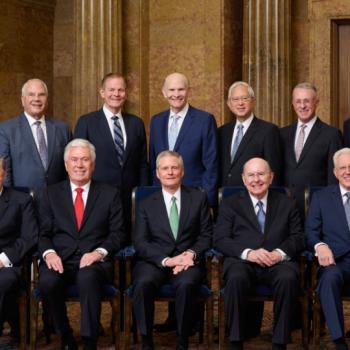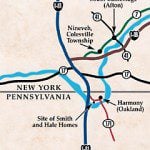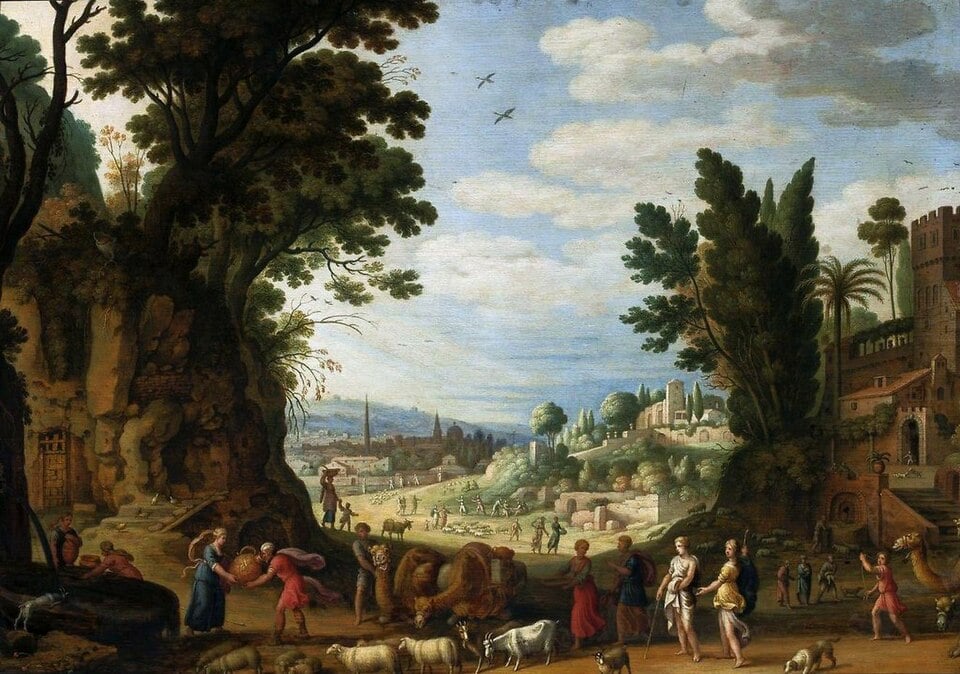
This previously-published book chapter was posted today, Thursday, on the website of the Interpreter Foundation: The Temple: Plates, Patterns, & Patriarchs, “She Took the Veil and Covered Herself,” written by T. K. Plant. For those who may still be confused by what is going on — as at least one unfortunate soul has been — we publish journal articles on Friday. On Thursdays, we post electronic versions of book chapters that have already appeared in print. These are two different things, just as Thursdays and Fridays are two different days. (Fridays typically follow Thursdays — though, perplexingly, Thursdays also commonly follow Fridays, albeit at a somewhat greater distance in time.). Anyway, here’s a description of the article by T. K. Plant:
Part of our book chapter reprint series, this article originally appeared in The Temple: Plates, Patterns, & Patriarchs, edited by Stephen D. Ricks and Jeffrey M. Bradshaw. For more information, go to https://interpreterfoundation.org/books/the-temple-plates-patterns-patriarchs/. For video and audio recording of this conference talk, go to https://interpreterfoundation.org/conferences/2022-temple-on-mount-zion-conference/videos/plant/.
“Genesis 24:65 and 38:14 include the recorded actions of Rebekah and Tamar covering themselves with a veil. The Genesis account in the 1611 King James Version (KJV) records that Rebekah and Tamar covered themselves in a “vaile.” Vaile is the translated word in the KJV from the Masoretic Text (MT) for the Hebrew word ( צָעִִָיף ), transliterated as tsa‘īf (see Genesis 24:65; 38:14 MT). To understand the meaning of the veil in these accounts, I have used parallel methodology to compare the biblical record with other ancient Near Eastern texts and images. In the Genesis accounts of their veiling, the phrase translated into English as “covered” has been found in ancient Near Eastern texts as early as the third millennium BC as a likely ancient Mesopotamian idiom that meant the accepted performance of a culturally legitimate marriage or consummation.”
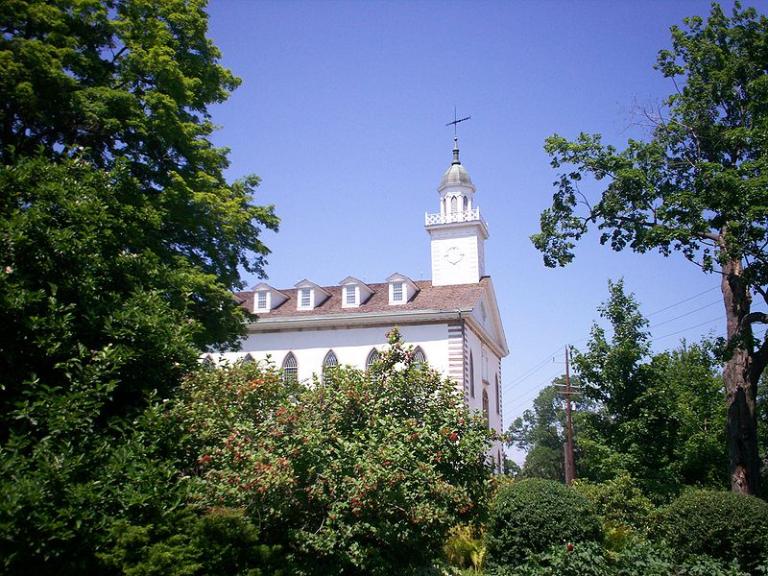
Today, we filmed in the historic Kirtland Flats area, inside and outside both the Newell K. Whitney Store and the adjacent red brick Johnson Inn. The weather was gray and somewhat rainy, but not too bad, and I think, again, that we got some good material. Basically, now, we have the stuff for ten episodes of our Becoming Brigham series. Obviously, it will take time to get those ten episodes edited into serviceable shape, provided with background music, and so forth, but the filming for them is essentially done.
When we were finished, we were able to work in a tour of the Kirtland Temple. The new temple tours under the auspices of the Church of Jesus Christ of Latter-day Saints are a good blend of historical facts and spiritual significance, far superior to the dry and religiously barren art history tour that I experienced on my first visit to Kirtland many, many, many years ago. Some were worried that the new Latter-day Saint approach would ignore historical fact in favor of hardcore proselytizing but, happily, that hasn’t occurred. After my previous visit to Kirtland, during which a team then affiliated with Scripture Central filmed me and Casey Griffiths in the temple and a pair of then-new missionaries, still mastering their presentation, took us on a tour, I was confident that things would be just fine, and they were.

I mentioned the other day that, before our group arrived in upstate New York, my wife and I visited the home and then the grave of Susan B. Anthony. In connection with that, I did just a small bit of reading about her life, and I saw an interesting albeit small and indirect connection to an important part of the history of the Latter-day Saints in Kirtland:
Susan B. Anthony’s father was a Quaker, an abolitionist, and an advocate of temperance. During her very earliest years, he ran his own small cotton factory. When she was six years old, though, her family moved to Battenville, New York, where her father assumed the management of a large cotton mill. At the age of seventeen, she was sent off to a Quaker boarding school in Philadelphia, which she soon came to dislike intensely for what she regarded as its strict and sometimes humiliating atmosphere. But she was forced to end her studies after one term — it doesn’t seen that she would have been very upset about that, at least — because an economic downturn known as the “Panic of 1837” ruined her family financially. They were forced to sell off everything they had at a public auction — although, in the end, they were rescued by her maternal uncle, who bought most of their belongings back and kindly restored them to the family. Anyway, that was the very same “Panic of 1837” that, hundreds of miles away in Ohio, engulfed and destroyed the famous Kirtland Bank (aka the “Kirtland Safety Society”) and contributed powerfully to the eventual abandonment of Kirtland by Joseph Smith and almost all other Latter-day Saints. Some folks are, and were at the time, under the impression that it was Joseph Smith’s personal malfeasance and corruption that led to the failure of the bank, but the causes were much larger than Kirtland and much more complicated than that impression would suggest. An important treatment of the topic is Marvin S. Hill, C. Keith Rooker, and Larry T. Wimmer, “The Kirtland Economy Revisited: A Market Critique of Sectarian Economics,” BYU Studies Quarterly 17/4 (1977): 391 -475.
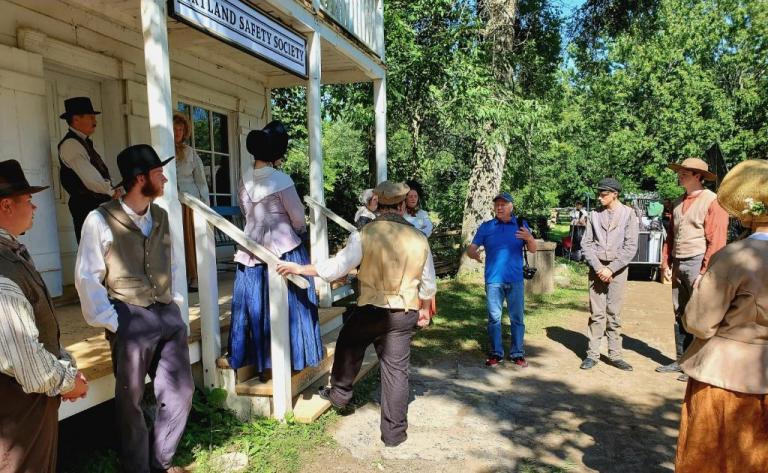
Posted from Cleveland, Ohio



